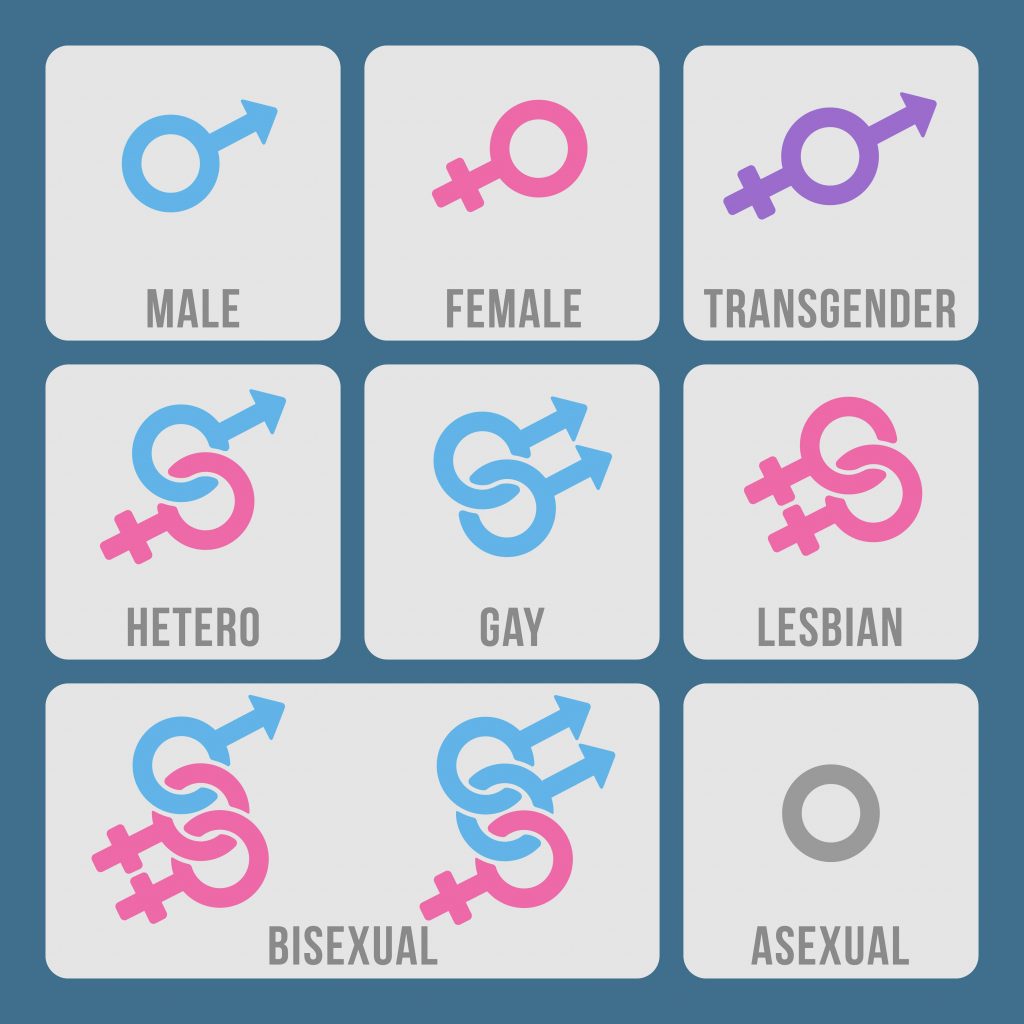Adolescence is when teenagers begin to be curious about sex, the cause of which comes from the hormonal changes of puberty. These are changes in body and mind – when teenagers are attracted to a person’s looks, they will also have sexual thoughts about that person.
These new feelings can be intense, confusing, and at times overwhelming a teen’s mentality. They begin to learn the meaning of being emotionally and physically attracted to others, and during this investigation, individuals will become aware of their sexual orientation.
What does sexual orientation mean?
Sexual Orientation (Sexual Orientation) is a term used to refer to a person’s affection, romance, and sexual attraction towards people of a particular gender (male or female). Sex is an important part of being human. In addition to being fertile, sex determines how we see ourselves and how we relate to others, physically.
The term “sexual orientation” refers to the sex to which a person is attracted. There are several types of sexual orientation as follows:
- Straight/Heterosexual: Personally found emotionally and physically attracted to people of the opposite sex.
- Homosexual (gay or lesbian): Individuals find emotionally and physically attracted to people of the same sex. A homosexual person (both men and women) is called gay. Lesbians are also known as a lesbian.
- Bisexual: Individuals find emotionally and physically attracted to people of both genders.
- No sexual attraction found to any gender (Asexual)


Can you choose your child’s sexual orientation?
No one can fully understand what determines a person’s sexual orientation, but most scientists agree that sexual orientation (including homosexuality and bisexuality) is the result of a combination of environmental, emotional, hormonal and biological factors. In other words, many things contribute to a person’s sexual orientation and factors can be different for different people.
Sexual orientation is seen by experts and international medical organizations as an essential part of being human. It is like an individual not being able to choose his or her eye color or height. Gay or lesbian are not considered to be a mental disorder or unusual. There is no evidence that homosexuality is due to childhood experiences, how parents raised them or that something happened to them when they were children.


Also, being gay or bisexual does not mean the person is mentally ill or unusual in any way. They may be burdened by other people’s prejudices or misunderstandings.
Can be sexual orientation changed?
Although we can choose to act according to our feelings, psychologists do not see sexual orientation as a conscious and volatile choice. Attempts to turn gay people straight (sometimes referred to as “transformation therapy”) are ineffective. Health and mental health experts warn any attempt to change sexual orientation will harm that individual.
At what age is your child aware of their sexual orientation?
Individuals recognize their sexual orientation at a very young age, mainly during puberty. When entering adolescence, many teenagers have early realized their sexual orientation. Individuals who recognize their sexual orientation later say they feel different from their peers, but they don’t understand why.
Being aware of – and facing – a person’s sexual orientation can take a while. During the stage of defining one’s sexual orientation, individuals may have sexual thoughts about people of both sexes. Some teenagers may have sex with a same-sex partner, to learn more about their sexual orientation.
But the experiences themselves don’t necessarily mean that a teen is gay or straight. These experiences are simply part of understanding an individual’s sexual orientation. Once aware, some gay teenagers accept their gender, while others may still find it difficult to understand or to accept.
Maybe you missed this awesome articles:















